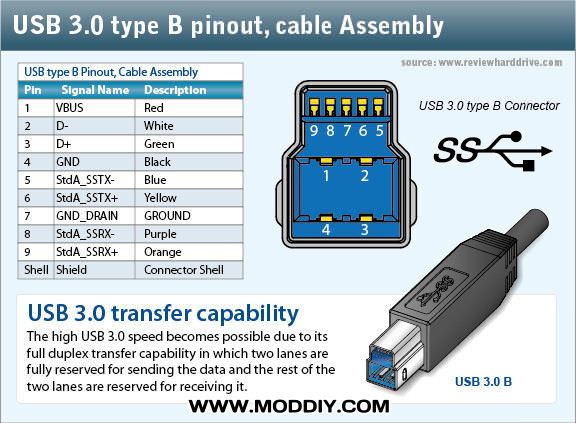If two devices are designed properly they will sound identical or with insignificant differences. After all, we are talking about transistors, not tubes.
Knowing what components are used in a device can be a sign or lack of competence. As NwAvGuy has said it himself, some components are simply not designed for audio and using them in an audio device is sub-optimal.
If components play a small part in the performance of the device, then what plays the larger part? The metal casing? The cable? The color of the pcb?
And if components are so unimportant, then why do various manufacturers can't stop bragging what supposedly high-end chips they've used in their latest DAC and/or Amp?
Just because you do not have the same equipment as NwAvGuy doesn't mean you shouldn't perform any measurements. Less accurate measurements are still better than no measurements. This and the "it confuses people" sound like very lazy excuses to not do proper reviews.
How about graphics card reviews not mention any benchmark FPS numbers, temperatures or fan noise information.
Reviewer would just say: "Well, the card looks nice, I couldn't hear it in my case so it must be very quiet, it wasn't too hot to the touch so I guess it's not overheating, and games played fine. Oh, and I could swear that the colors with this card are more rich and alive than the other card because it is more powerful and expensive."
There, short and sweet.





